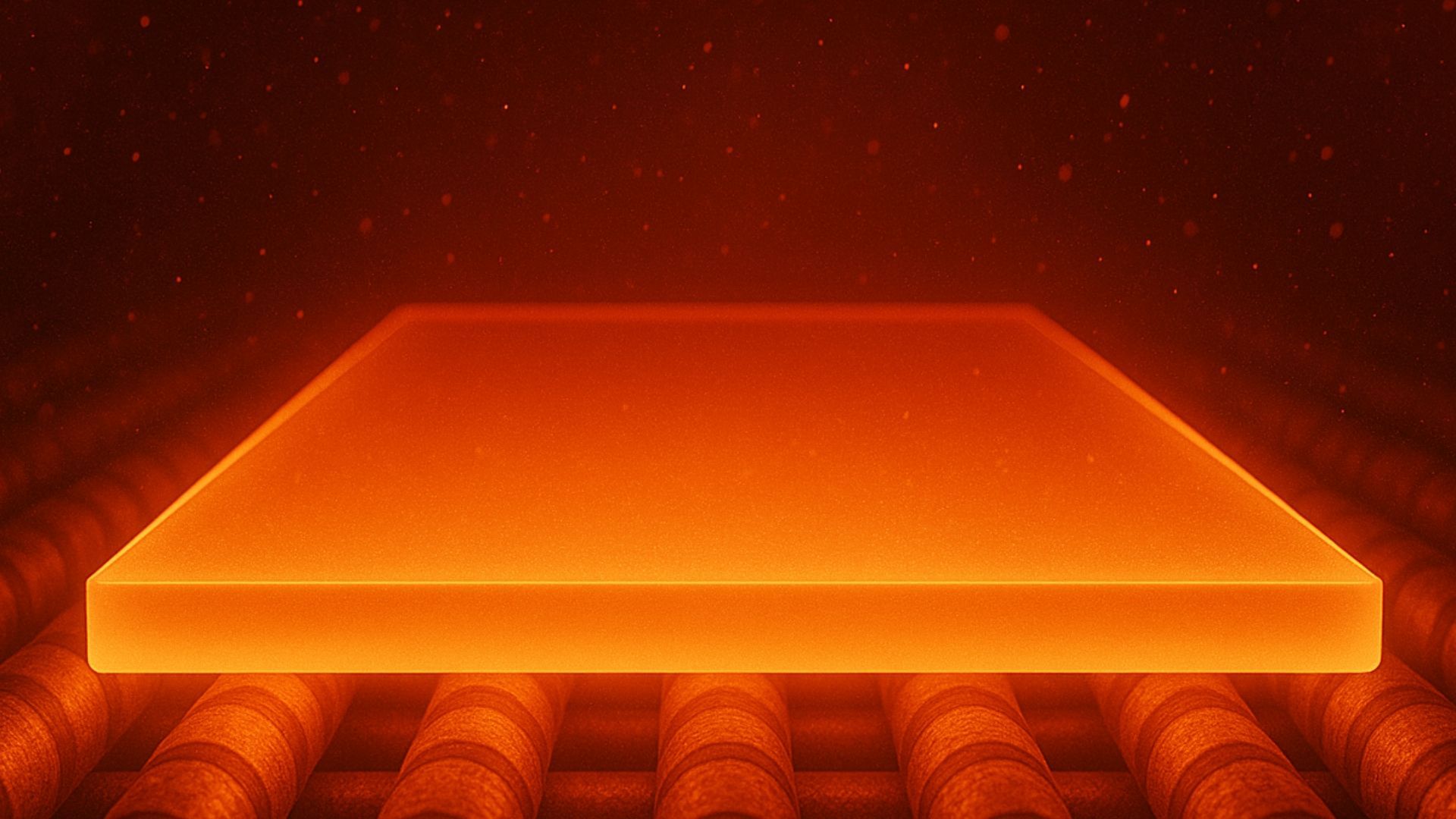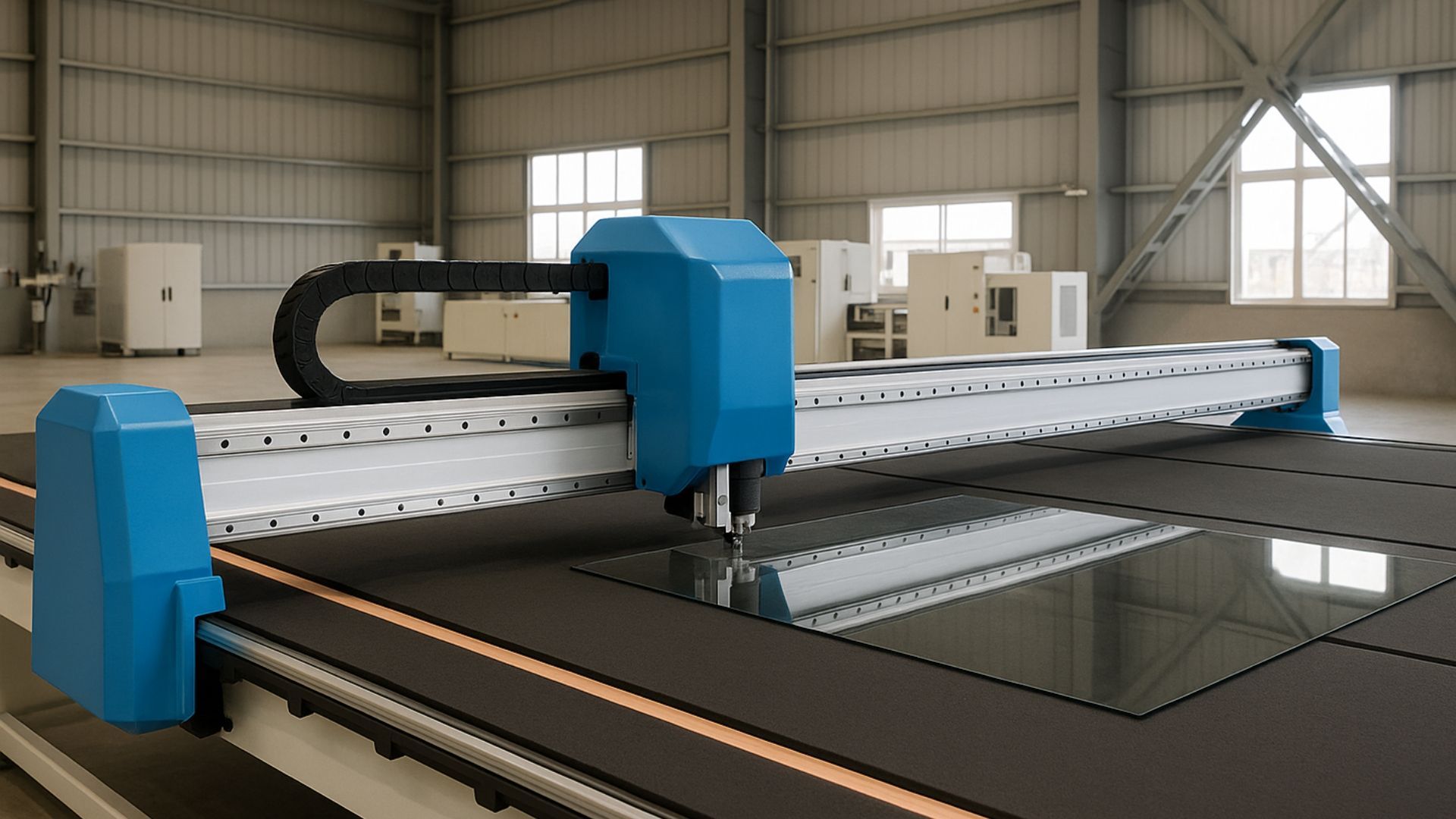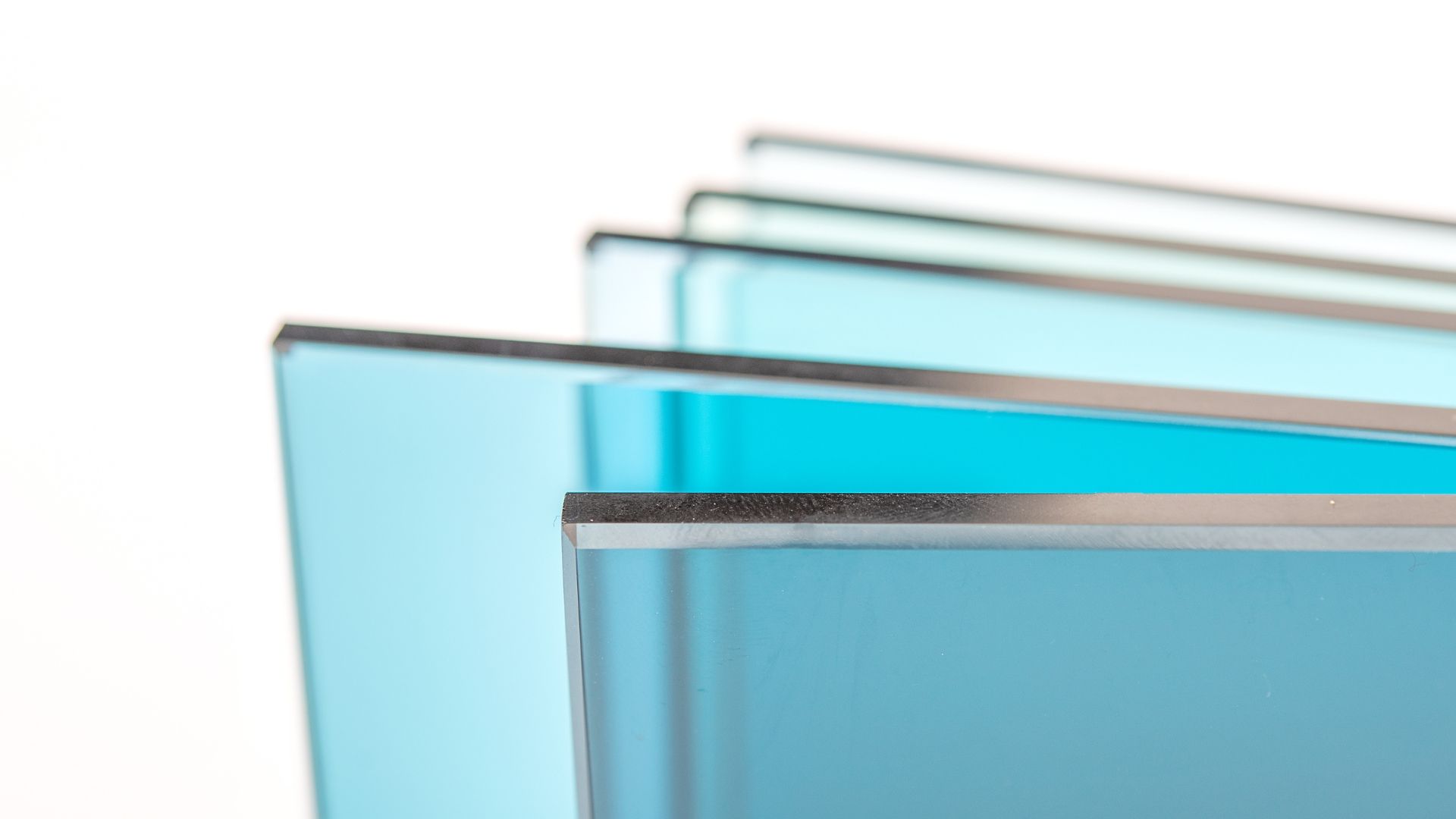At what temperature does glass break?
Share this blog:
Let's explore the science behind glass. How can heat cause glass to fracture and what kinds of temperatures does it take?

Modern glass products are built to be strong and withstand stresses. Any glass processor worth its salt will supply you with glass that takes a proverbial beating before it starts to crack or shatter.
But no glass is unbreakable, and glass breaks for all sorts of reasons. This is occasionally because of manufacturing defects. In some cases, glass can even break spontaneously. Most of the time, however, it must come under stress to break.
One such stress is heat. "Thermal fracture", as it's known, is when glass breaks because of heat. But how much heat is required to break a sheet of glass?
Well, if you're looking for a precise temperature, you're not in luck. That's because heat alone doesn't break glass. In fact, thermal fracture happens when temperature interacts with something in the glass itself.
You're probably familiar with the phenomenon of pouring boiling water into a cold glass. The sudden change in temperature causes the glass to shatter. It's these
changes in temperature, rather than the temperature itself, that do the damage.
What is thermal shock?
The phrase "thermal shock" describes what happens to glass when it experiences a rapid change in temperature.
The outer layer of glass expands or contracts faster than the inner layer. This creates stress – and if the stress surpasses the strength of the glass, it can lead to fracture.
Like we say, there's no precise figure. However, one
source estimates the rapid change required to be in the region of 60°F (about 15°C).
How can differences in temperature break glass?
Thermal shock is rapid. But temperature changes can break glass without being rapid. This can happen when different areas of the glass have different temperatures.
Take the case of a windowpane. If one side is exposed to direct sunlight and the other stays cold, stress can be created. Over time, this stress can cause breakage.
What are the different types of thermal fractures?

There are two main types of thermal fractures. These are known as low-energy fractures and high-energy fractures.
Low-energy fractures are by far the most common types of thermal fractures. They happen when the edge of the glass is damaged. This damage weakens the glass and means less thermal stress is required before the glass breaks.
High-energy thermal fractures are much rarer, requiring as they do high levels of thermal stress. This would involve either the glass being exposed to high levels of heat or being quickly moved from one ambient temperature to another.
How do different types of glass break under heat?
Different types of glass are manufactured differently and have different strength levels. Thin glass, for instance, tends to crack and potentially break at 150°C (302°F) or higher.
Toughened glass, however, is made with a special heat treatment that makes it withstand higher temperatures, as well as other forms of stress. This is one reason why it's classified as safety glass and is used in locations that require an extra level of strength.
Typically, the temperature at which toughened glass breaks is around 240°C (464°F). This depends, as we say, on other factors such as the stresses within the glass, the way the glass has been treated and even aspects of the manufacturing process.
While toughened glass can break under thermal stress, it takes three or four times as much heat as ordinary glass.
What other factors can lead to thermal fracturing?
Thermal fractures are typically caused by changes in temperature. But other factors can contribute to thermal fractures.
The first of these is defects within the glass. Cracks and impurities can make the glass more vulnerable to thermal fracturing when it changes temperature suddenly.
Another factor is solar absorption. Like all materials, glass absorbs sunlight. This can change the overall temperature of glass – or part of the glass – and contribute to breakage.

Conversely, exposure to shadows can make parts of the glass cooler than others. This inconsistency of temperature across the glass product can, in some circumstances, cause it to break.
The strength of the edge can also play a part. If the tensile strength of the edge goes past a critical point, you could be looking at a breakage under some thermal conditions.
Where the glass is installed can have an effect, too. If the glass is located near a heating or cooling vent, this can change the thermal conditions in such a way that the glass breaks.
Finally, there's the type of frame used – and even the colour of the frame. A frame can be more or less conductive, changing the temperature of the glass. Meanwhile, dark-coloured frames absorb more heat than lighter colours, causing an increase in temperature.
Why does hot water make glass break?
We've mentioned that temperature alone can't break a pane of glass. The cause of fracture is usually a change in temperature. This could be a sudden change or different temperatures in different parts of the glass.
The same goes for hot water. The temperature change can cause internal stress – and if it happens quickly enough, this internal tension can cause the glass to break.
How can thermal fracture be prevented?
Thermal fracture can't be ruled out entirely. It can, however, be significantly mitigated during the manufacturing process.
The chance of low-energy thermal fractures is typically dealt with by polishing the edges. Manufacturers will also inspect the finished product to see if there are any flaws that could, in certain circumstances, lead to a fracture.
High-energy thermal fractures are also mitigated during the manufacturing process. Some types of glass – including our specialities,
toughened glass and
laminated glass – are heat-strengthened. This helps them maintain structural stability even when experiencing changes in temperature.
ToughGlaze is a UK-based
commercial glass supplier founded in 1993. For more industry insights and tips,
follow our blog.









